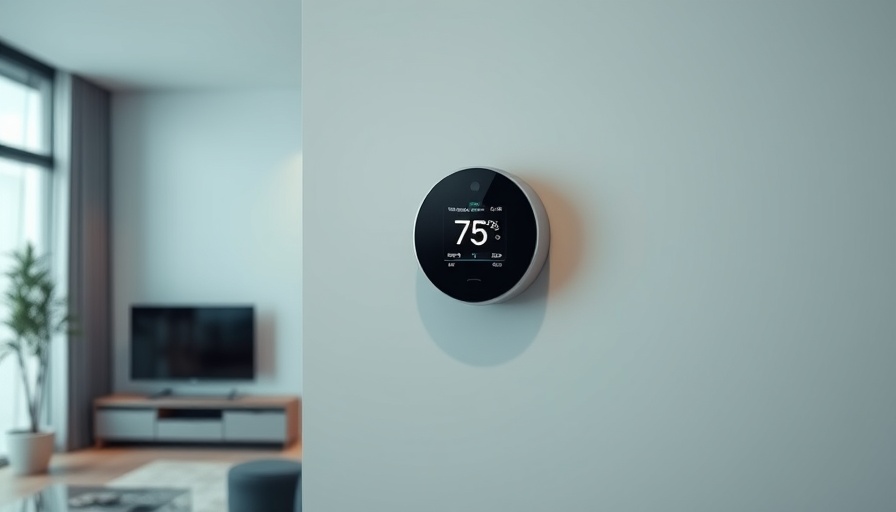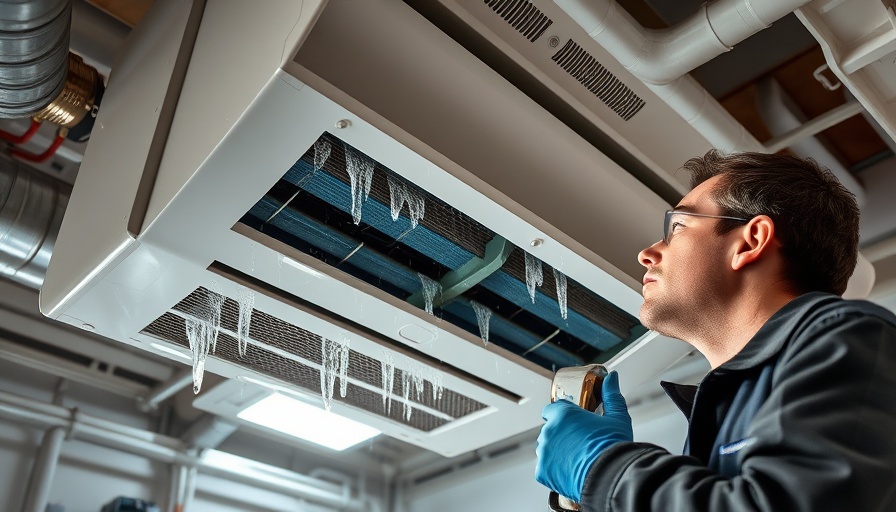
Understanding Your Thermostat: Why It Matters
Your thermostat is a crucial component of your home's heating and cooling system, acting as the brain that regulates temperature and comfort. When things go awry with this device, your home can quickly turn into an uncomfortable space, not to mention the potential for increased energy costs. Recognizing signs of a malfunctioning thermostat can make a significant difference in both comfort and efficiency.
Common Issues With Thermostats You Shouldn’t Ignore
Inaccurate temperature readings are often the first sign that something is wrong. A thermostat that consistently shows the wrong temperature can lead to rooms that are either too hot or too cold, affecting your daily comfort and driving up energy bills. Furthermore, if your space doesn't adjust quickly or the system cycles on and off often, these are key indicators of issues that require attention.
Why Aging Thermostats Are a Problem
Most thermostats are designed to last between 10 to 15 years. If yours is older, it may not operate efficiently, leading to mechanical failures and imprecise temperature control. Newer models offer energy-saving features and compatibility with modern HVAC systems, which are essential for maximizing your home's efficiency.
Take Action: Ensure Comfort and Efficiency
Given the critical role of a thermostat in maintaining comfort and efficiency within your home, it's vital to address any potential issues as soon as possible. A functioning thermostat ensures not just comfort but also energy efficiency, helping you save on utility bills.
Schedule a Service Expert with Bruce’s
If you suspect that your thermostat is causing problems, don't hesitate to reach out for professional advice. At Bruce’s Air Conditioning & Heating, our experts are ready to assess your system and discuss possible upgrades. Call us at 480-968-5652 today and take the first step towards a more comfortable home.
 Add Row
Add Row  Add Element
Add Element 



Write A Comment